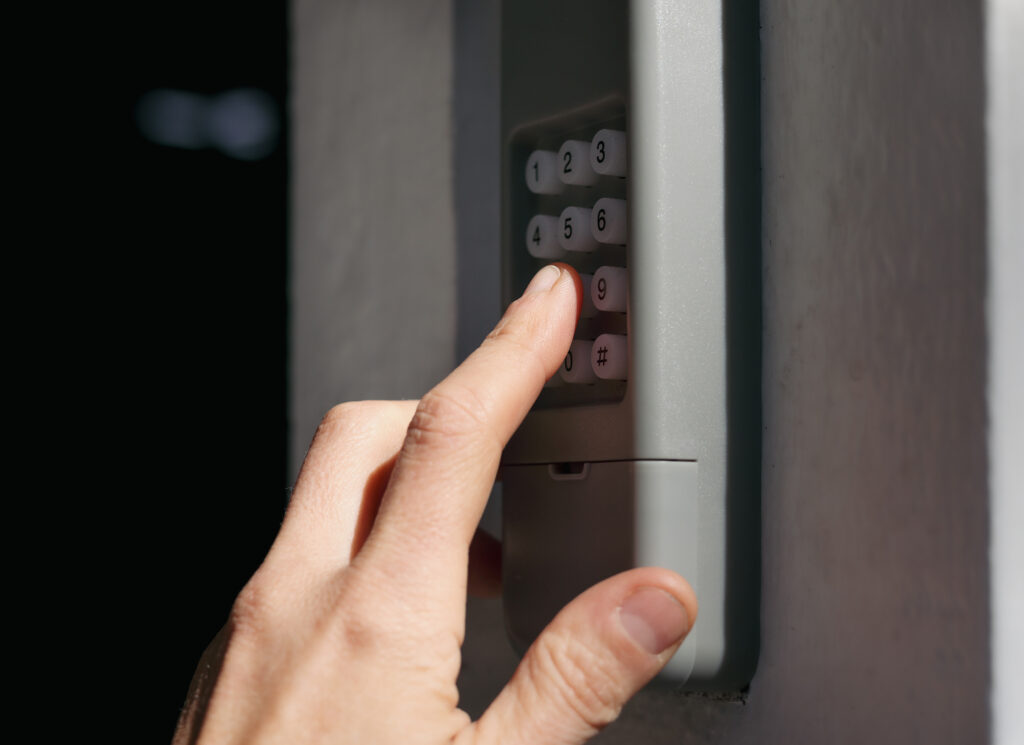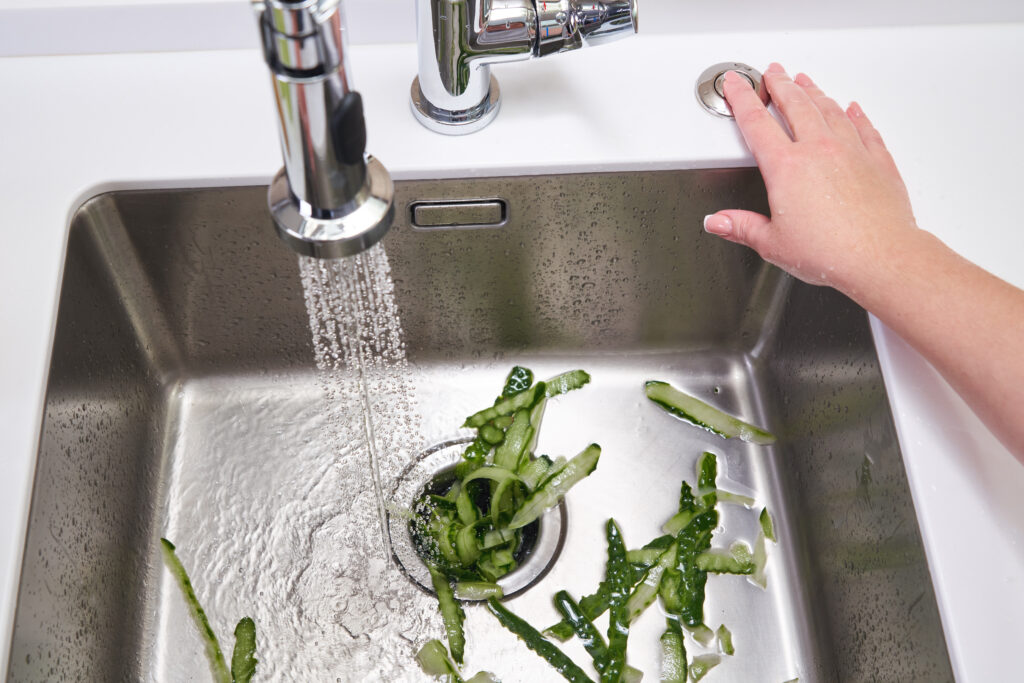Why Isn’t My Hot Water Heater Heating? A Homeowner’s Guide to Troubleshooting and Prevention
So, you’re halfway through your shower, shampoo still in your hair, and bam—freezing water. Classic. A hot water heater that stops heating is more than just inconvenient—it’s disruptive. It’s one of those home systems you don’t think about until it stops working. If you’re a homeowner standing confused in the garage or basement facing a bulky appliance and asking yourself, “Why is there no hot water?” you’re not alone. Let’s walk through how a hot water heater works, why it might not be heating, what a grounded unit means, and some handy info from the world of home warranties that might just save the day.
How a Hot Water Heater Actually Works (And What Happens When It Doesn’t)
Before we start ripping off access panels or Googling model numbers, let’s break down what your water heater is trying to do on a good day. There are two main types: gas and electric. Both essentially do the same thing—heat and store water so it’s ready to flow the moment you turn on the tap. The tank fills with cold water. A heating element (in electric models) or a gas burner (in gas models) brings that water up to your desired temperature. Then it sits there, ready to go, like a very quiet but crucial butler.
When it’s not heating, we’re looking at a few likely culprits. A tripped breaker. A bad thermostat. A faulty heating element. Or—and this is a big one—a grounded or shorted unit. If you’re seeing no hot water, or the breaker keeps tripping every time the heater turns on, grounding might be at play. This one’s trickier, but hang tight. We’ll get there.
What Does It Mean If a Hot Water Heater Is “Grounded”?
“Grounded” sounds technical (and kind of electrical, right?). And it is. In home warranty circles, and in electrical terms, a grounded heating element means it’s shorted out—essentially, it’s allowing electricity to run where it shouldn’t, and that’s a safety hazard. In electric water heaters, this usually happens when the metal sheath of a heating element breaks, allowing current to escape and contact the metal tank. If your breaker keeps tripping each time the water heater cycles on, that’s a strong sign of grounding. You might hear a slight humming or even see scorch marks near the access panel—yikes.
For the homeowner, the fix isn’t something you want to tackle without some experience. Either the faulty heating element needs replacing, or in some (annoying but true) cases, the whole unit may be compromised. But don’t panic yet. Sometimes it’s an isolated electrical short. You’ll need a multimeter to test continuity—or, well, a licensed professional. Luckily, this is where a home warranty can do a lot of heavy lifting.
Common Reasons a Water Heater Isn’t Heating—Grounded or Not
OK, so let’s zoom out and consider the broader picture. Whether or not grounding is to blame, there are several usual suspects when a hot water heater stops doing its one job. Electric units first: check the breaker. Has it tripped? Flip it off and back on. No dice? Time to test the thermostat and heating elements. For gas units: is the pilot light out? Is gas flowing? If you’ve got a newer unit, there may also be error codes displayed on a small screen—yes, your water heater talks now.
Other things to think about: Sediment buildup. These tanks like to collect minerals, especially in areas with hard water. Over time, sediment insulates the heating element from water, making it work harder—or not at all. And, of course, age matters. If your heater is heading into its second decade, even with perfect maintenance, things will wear out. Water heaters aren’t immortals. They live fast and retire early.
What You Should (and Shouldn’t) Try on Your Own
YouTube tutorials can make you feel like a pro in 12 minutes or less, but let’s be honest—it’s not always wise to channel your inner DIY genius with an appliance filled with hot water and electricity. That said, there are a few easy, safe checks you can do without trouble. For electric water heaters, the reset button is usually behind an access panel. Gently press it—just once—and see if it kicks back on. For gas units, relighting the pilot light (if it’s gone out) is often a decent first move, as long as you follow the manufacturer’s directions to a T.
Don’t reach for a wrench or start draining the tank unless you’re confident. Remember, fiddling with electrical parts or gas lines can void warranties, create new headaches, and, worst-case scenario, be dangerous. That’s where a home warranty policy is not just helpful—it’s a literal safety net. If your water heater is covered under one, you’re skipping the part where you stress about what parts cost and going straight to getting help.
How a Home Warranty Protects You from Water Heater Surprises
Let’s talk damage control. A service call for a grounded heating element? That can cost a few hundred bucks, plus parts. If a new unit is needed, you’re easily looking at over $1,000 when all is said and done. Home warranties are built for situations exactly like this. When a home system like your water heater breaks down from normal wear and tear—like a grounded element or failed thermostat—your warranty provider handles dispatching a local tech, managing repairs, and controlling costs. You pay a service fee, they handle the logistics. That’s the tradeoff. And it’s one a lot of homeowners are happy to make.
Now, not all warranties are the same. Some limit water heater coverage or exclude grounding issues. That’s why knowing your contract and your equipment is crucial. Look for a plan that spells out water heater coverage specifically and check if certain repairs (like electrical grounding) are covered events. Or, better yet, go with a provider like Armadillo that keeps everything streamlined, fully digital, and honest-to-goodness easy to manage.
When Replacement Is Smarter Than Repair
Imagine this: your water heater’s grounded, the tech says it’s “not worth fixing,” and now you’re googling 40-gallon tanks at 11 PM. Replacement sometimes makes more sense than repair, especially when the unit is older than 10 years, out of warranty, or has already seen multiple pricey repairs. Newer models are also significantly more energy-efficient, so you’ll save over time on utility bills. A modern unit with better features and reliability? Sounds like a win (even if it’s one you didn’t expect to need this week).
Let Armadillo Help You Stress Less About Your Hot Water Heater
If your hot water heater isn’t heating, and grounding is the issue, you don’t want to be troubleshooting with cold hands and conflicting answers. That’s where coverage from Armadillo comes in. With straightforward home warranty plans, smart tech integrations, and lightning-fast service scheduling, Armadillo makes breakdowns—from heating elements to thermostats—a lot less scary. Covered repairs mean fewer surprise bills and faster hot showers again. Plus, their transparent plans make it easy to see what’s covered and when. Curious what a plan would look like for your home? Check out their site at armadillo.one, or jump straight into creating your custom plan with their super simple tool at this link. Hot water? Yeah, you can have that back.


























